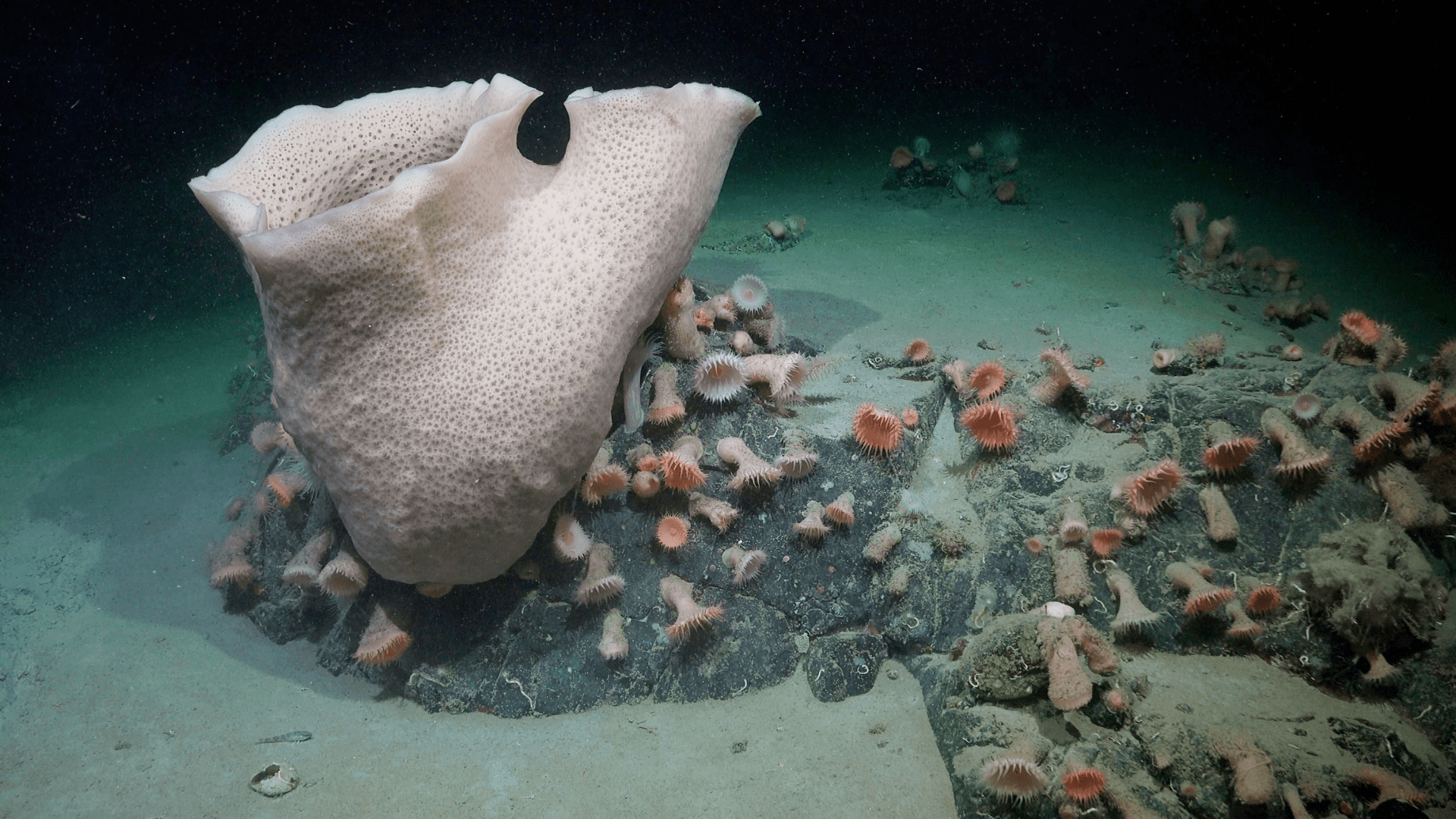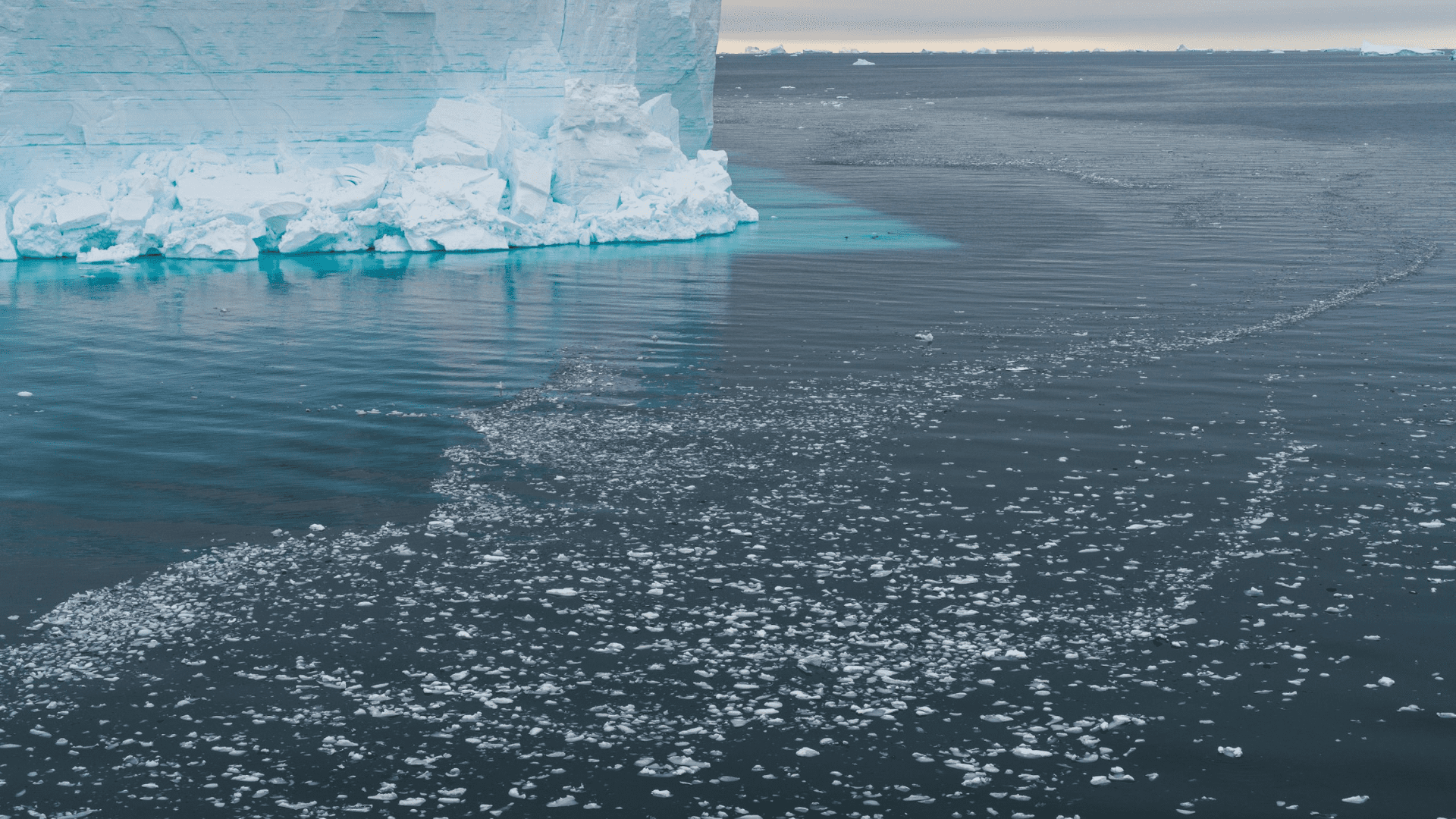An international team of researchers had to swiftly change their studies upon realizing a “thriving” ecosystem was hidden under ice. They found this once-hidden ecosystem after an iceberg the size of Chicago detached from the George VI Ice Shelf in Antarctica.
The glacier, named A-94, broke away on January 13, 2025, but researchers didn’t unveil their discovery until this month. Shortly after the iceberg detached, the researchers became the first humans to investigate the area that has been covered for “centuries.”
Uncovering a Hidden Ecosystem

During the investigation, the team observed the deep seafloor for eight days and found flourishing ecosystems at depths as great as 1300 meters. Their observations included large corals and sponges supporting various animal life, including icefish, giant sea spiders, and octopus. As a result, the discovery offers new insights into how ecosystems function below the Antarctic ice.
“We seized upon the moment, changed our expedition plan, and went for it so we could look at what was happening in the depths below,” said expedition co-chief scientist Dr. Patricia Esquete of the Centre for Environmental and Marine Studies (CESAM) and the Department of Biology (DBio) at the University of Aveiro, Portugal.
“We didn’t expect to find such a beautiful, thriving ecosystem. Based on the size of the animals, the communities we observed have been there for decades, maybe even hundreds of years.”
Surprisingly, the researchers found significant biomass and biodiversity of the ecosystems. Additionally, they believe they discovered several new species.
Typically, deep-sea ecosystems rely on nutrients that slowly drift down from the surface. However, this ecosystem was completely cut off from these nutrients because of the almost 500-foot-thick sheet of ice. However, scientists hypothesize that ocean currents are a possible mechanism that helps the ecosystem sustain life.

“The science team was originally in this remote region to study the seafloor and ecosystem at the interface between ice and sea,” said Schmidt Ocean Institute Executive Director Dr. Jyotika Virmani. “Being right there when this iceberg calved from the ice shelf presented a rare scientific opportunity.”
He continued, “Serendipitous moments are part of the excitement of research at sea – they offer the chance to be the first to witness the untouched beauty of our world.”







